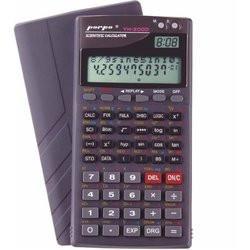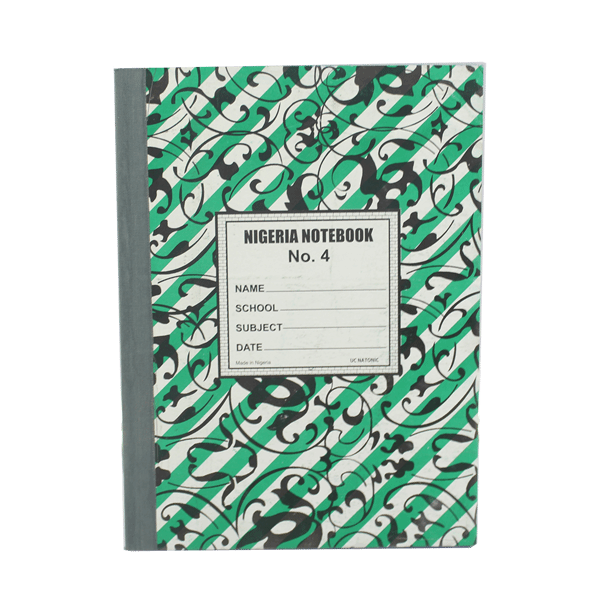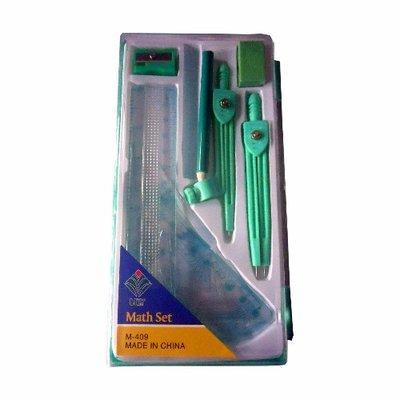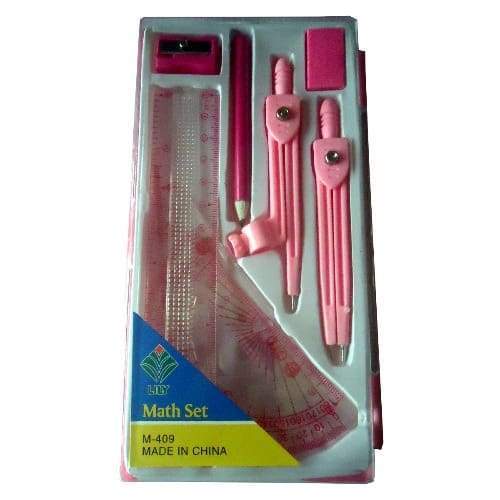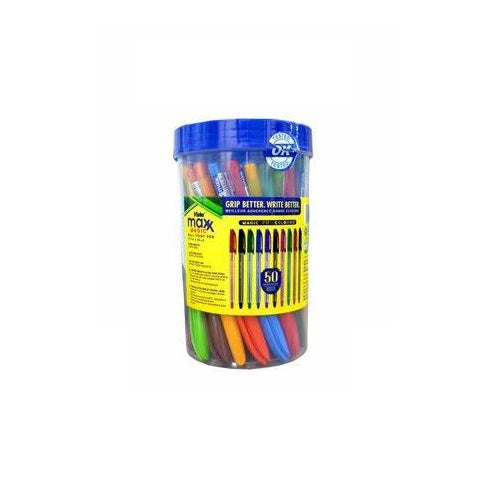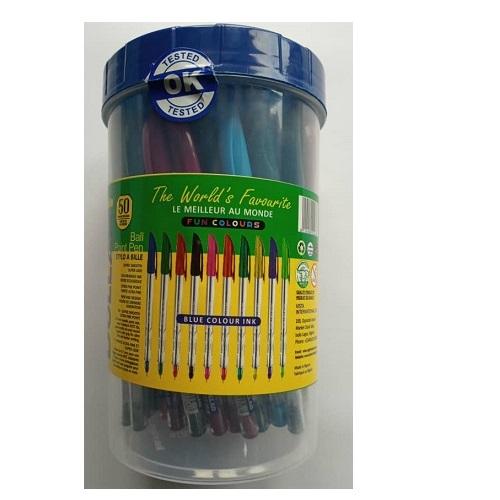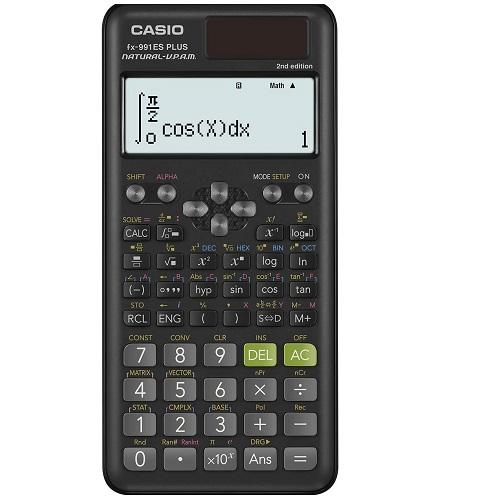The war between Ukraine and Russia has been the biggest headline of 2022 thus far, there’s no doubt about that. It is the first time in decades that a full-blown conflict on European soil has erupted. Combined with elevated inflation and peaking economic activity, the war complicates the global picture even further, mainly because both Ukraine and Russia are large exporters of commodities, with a key role in many global supply chains.
All major asset classes have been impacted by the tensions, and despite a temporary bounce-back in risk sentiment, uncertainty is projected to remain over the upcoming months, as long as the conflict drags on. Forex trading activity has witnessed some important shifts, recently, with the main one being a shift away from EUR. Alt-text: Russia-Ukraine war and forex trading
Alt-text: Russia-Ukraine war and forex trading
Source: https://pixabay.com/illustrations/ukraine-russia-puzzle-flags-map-7046609/
USD and CHF as safe-havens
US inflation continues to edge higher and since the labour market remains tight, the Federal Reserve has a clear path ahead for consistent interest rate hikes. Market participants have been front-running the central bank since 2021, which pushes the US Dollar higher against most of its peers. The American currency continues to appreciate compared to the Euro, given that North America is also a place of refuge, at a time when there is war in Europe.
Similarly, the Swiss Franc preserved its status as a safe-haven, despite verbal interventions by the SNB to cap the currency from rising further. However, that cannot be said about the Japanese Yen, which is getting hammered as the BoJ’s policy diverges from the global picture. Keeping YYC (Yield Curve Control) in place at a time of rising bond yields requires the central bank to be active in buying assets, a move that does not favour the Yen.
Commodity currencies on the rise
One of the greatest concerns, especially among importing countries, is the elevated commodity prices. After a decade of stable valuations, the European conflict aggravated an energy crisis and shortages across the commodities space.
Currencies like the Aussie or Lonnie are on the rise, simply because these are considered a default choice for traders when commodities appreciate. Australia and Canada are both known as dominant commodities exporters, and that puts them in a favourable position, with regard to the trade balance.
Russia and Ukraine export wheat, aluminium, oil, and other commodities. With market participants fearing new sanctions on Russia, other exporters of these goods need to ramp up production. This cannot happen overnight, which is why shortages are expected over time, causing prices to rise even further.
When will the sentiment turn?
The easing of tensions between Russia and Ukraine and, most importantly, the removal of sanctions, can possibly cause FX traders to reassess their exposure. Currencies that have underperformed can start to gain traction once again, while safe-havens and commodities-linked currencies might be under pressure subsequently.
However, the situation on the ground is not showing any major signs of improvement. The West seems poised to ramp up sanctions on Russia, which could exacerbate the commodity shortages even further.
Although the tit-for-tat approach harms both sides of this dangerous equation, a compromise does not seem plausible in the short-term. Only after the economic impact starts to weigh in even further, sincere negotiations can become more likely


